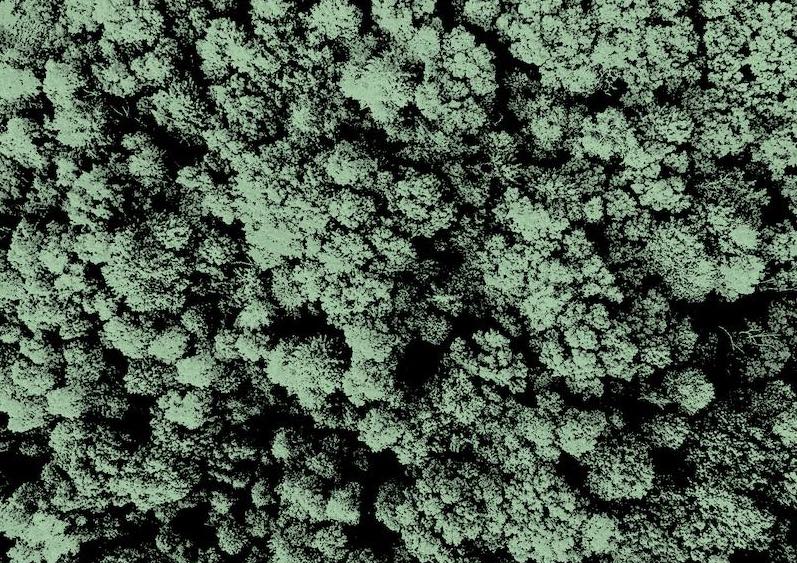What is it about?
This paper explores a new method for detecting diazepam (Valium®) in drinks using a special type of sensor. The researchers used a disposable screen-printed sensor to measure how diazepam behaves when it gains or loses electrons (redox behavior). They developed a technique called adsorptive stripping voltammetry to identify and measure diazepam even in small amounts. This method is quick, simple, and could be useful for ensuring the safety of beverages by detecting the presence of diazepam.
Featured Image

Photo by Joel Filipe on Unsplash
Why is it important?
This paper is important for several reasons: 1. Public Safety: It addresses the detection of diazepam (Valium®) in drinks, which is crucial for preventing drug-facilitated crimes, such as drink spiking. 2. Innovative Technique: The use of a disposable screen-printed sensor combined with adsorptive stripping voltammetry is a novel approach. This method is not only cost-effective but also highly sensitive, allowing for the detection of very low concentrations of diazepam. 3. Practical Application: The technique is quick and straightforward, making it suitable for on-site testing in various settings, such as bars, clubs, and other public venues. 4. Timeliness: With increasing concerns about drink spiking and the need for rapid, reliable testing methods, this research provides a timely solution that can enhance public safety and awareness. Overall, the paper's unique combination of innovative technology and practical application makes it a significant contribution to the field of analytical chemistry and public safety.
Perspectives
This based on the work undertaken by a number of students.
Dr. Kevin Honeychurch
University of the West of England
Read the Original
This page is a summary of: The redox behaviour of diazepam (Valium®) using a disposable screen-printed sensor and its determination in drinks using a novel adsorptive stripping voltammetric assay, Talanta, November 2013, Elsevier,
DOI: 10.1016/j.talanta.2013.05.017.
You can read the full text:
Contributors
The following have contributed to this page







